How To Create a Successful Website For Your Business
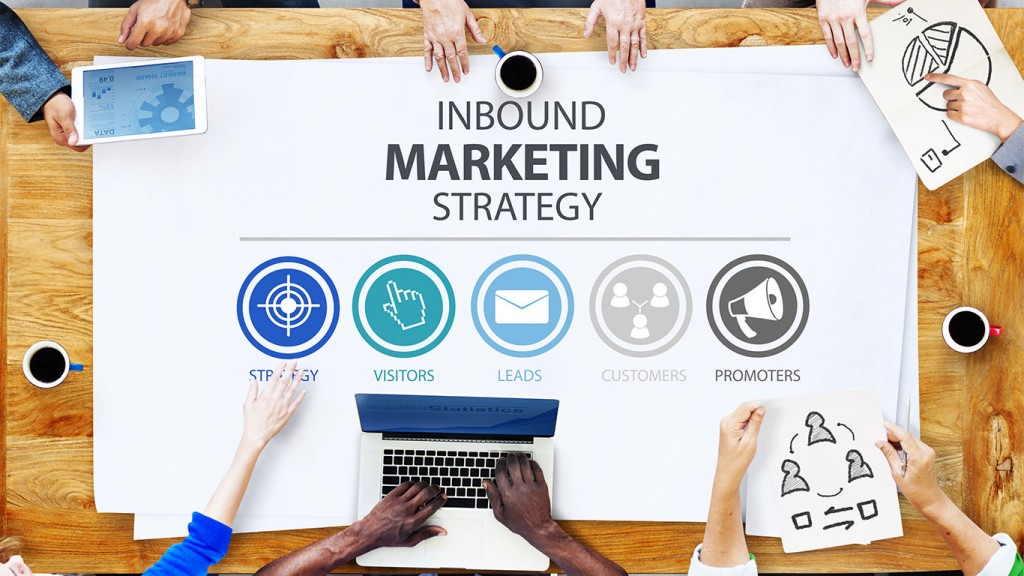
If you want to turn your website into your best performing sales tool and find out why you’re getting only 30 visitors per month, you are reading the right article
You don’t need to be told that a website is an absolute necessity for local and global businesses online. You already know that.
And that’s why you got your business or corporate website up and running, put all your business story, logo and amazing products online and…
….nothing.
Most websites, even if they represent amazing and inspiring businesses, never get found or visited.
It’s quite easy to set up a website nowadays. That’s why more than 150,000 websites are launched every single day. But that makes the chances of getting found near zero. If you intend for your website to make you money (generate leads and convert them into customers) as with most entrepreneurs today, you will need to do a little work.
But that’s really good news!
Because 99% of website owners will never go a step further than publishing. This is a big opportunity for everyone who puts in just a little bit of effort to stand out and get leads and sales out of their website.
If you focus on the 4 elements of a successful website that you will find below, you are a few steps ahead of 148,500 websites that launched in the same day as you did. And you will be way ahead of 40% of businesses that actually still don’t have a website.
So let’s dive deep into the four elements of a successful website that helps your company reach it’s goals.
Get Found Online
Let’s think old school marketing for a bit. Imagine you were an accountant about 30 years ago. Then you would have wanted your services and business listed in the yellow pages so that when people look for an accountant in your area, your ad is there. You could also pay to make it bigger, brighter and more noticeable so that people would chose you instead of that other accountant.
In 2015 things work a little differently but the principle is the same – people don’t use yellow pages but Google to search for services. And they have a much bigger choice. When I searched “accountant in new orleans” I got more than 500,000 results. Even if you get a 1,000 there is still a 0,1% chance of you being the choice of a client.
Getting found online is about making this percentage higher.
So your site needs to be visible for people who search online (just as the bigger brighter add in yellow pages). The very first aspect of a successful website is its visibility. So how do people find websites? According to an article recently written by Marketingland, search still remains the number one way people find websites online, closely followed by different social media channels. Getting found through search is easier said than done.
People look for one thing online – a solution to their problem.
A problem might be the lack of toothpaste, so they need to buy a new one, or it might be their debt, or it might be that they don’t know what the weather will be like tomorrow.
Lets think of your website’s search ranking as a sort of “value meter”. The higher you want to rank, the more you have to fill this value meter. The value meter of a website is measured by how many problems it solves for a visitor. The higher the value meter, the higher the ranking of the website.
When we talk about ranking, it’s good to know that apart from the technical stuff (that you don’t really need to know yet) ranking and SEO (Search Engine Optimization) mean one simple thing – how much Google likes your website. The more Google likes it, the higher it appears in search results, and more people stumble upon it.
How does Google decide who to like?
Google developers have always claimed that they write the code so that Google ranks well the sites that people like. If your goal is to increase the value meter of your website by making it more interesting and useful for your target audience, you are going to be one of Google’s favorites.
Why is it important to be found online, through search and social media?
The average buyer completes 57% of her buying process before ever contacting a salesperson.[Source: Corporate Executive Board – New Decision Timeline]
This means that customers research, read reviews, go to your website (if they find it) and if they don’t like what they see, they move on. And you don’t even know that.
On-Site SEO
That’s why it’s important to set up your site in a way that it will be easily found by search engines and people. On site SEO means including your business keywords (“accountant in new orleans”) on your pages’ titles, tags and in the content. It includes a few technical things as well, like submitting your sitemap to Google.
The point of on-site SEO is to label your website with the keywords that describe the solution you provide. For example, the worst SEO page is usually the home page because it doesn’t serve a purpose. A page that is labeled and sells “Hair Care Products” is much more SEO-friendly because it provides information that leads the customer to that page.
Off-site SEO
Off-site SEO is the effort you put in being found online around the web. It’s like handing out brochures. And just like with brochures, if you hand it to the wrong person, or if it contains purely marketing and sales material, it’ll be most probably thrown away in the next bin.
Building links that point back to your site is one of the best ways to fill up that value meter! I guess that’s why they call these inbound links, “link juice”.
But, be careful! Google can see when you are just “handing out brochures” randomly – sharing your own content on social media that nobody’s interested in, won’t help (remember, Google likes links that people find useful).
If others – your fans and followers, or even influencers, share your links this tells search engines that the link is of high quality and it gets higher ranking.
There are two ways to build links – organic and paid. Organic means that people re-share your high quality links. When your website is valuable, people will link to it in their emails, articles and ebooks. That’s the right way to do it.
Paid link building has been recognized as one of the worst practices in online marketing and is actually considered harmful for your ranking. Google knows when you are trying to cheat.
The best way to build links is to have solid social media and publishing strategies.
Design & Usability
Okay, you got the traffic through search or social media. You have the person on your website. One, two, and they’re gone before the second click.
Research has shown that 55% of people spend less than 10 seconds on your website before they decide if they might do business with you. [HubSpot]
“I’ve found is that it can be as low as 50-500 milliseconds for user to make a physiological and emotional response. (according to research from 2006 led by Dr. Gitte Lindgaard at Carleton University http://www.websiteoptimization.c…) We might assume that in this extremely short time span it is mostly about noticing a colour, brightness, contrast or recognising content as a text versus images.” [Martin Perinaj]
These findings prove that psychological responses are instant and unconscious but have great impact on a business.
Let’s take trust for example.
Which one of these websites would you trust?
Website #1
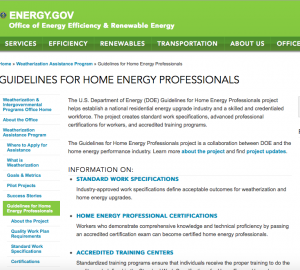
Website #2
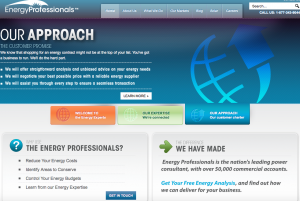
Most people will choose option #2 for one single reason – it looks easier to navigate and find information. But nobody thinks about it – our brains make an automatic decision to click away from Website #1 because it looks too complex.
That’s why when we talk about design, we can’t stress enough that less is more. Less options to chose from, less text to read, less contrasting colors, less flash to load, less buttons to click, less information, less requirements, less fields to fill in, less steps to order, and so on.
A simple and clear website does three main things:
- creates brand consistency
- engages visitors by having relevant images and videos
- tells visitors what to expect and what to do
- provides an easy way for visitors to find the solution they were looking for
- provides a clear way and reason for visitors to become leads
We talk about this in detail and how to make your website visitors WOW in the free ebook 25 Website Must Haves for Driving Traffic, Leads and Sales. Download it here all FREE if you too want to keep your website visitors longer than 50 milliseconds.
Content
You are halfway through having a successful business website!
Okay, you got found and you got people to stay on your website because it looks reliable, consistent and it’s not confusing them.
Remember that they came to your website for a solution to their problems…So how do you give it to them?
With content.
Content is the new hip marketing word that is again, simpler than most marketers would like it to be. Content is everything on your website, including but not limited to:
- sales pages
- articles
- ebook
- page copy – about page, history page. etc.
- blog
- publications
- news
- videos
- images
- GIFs
- catalogues
- product descriptions
- other visuals
- presentations
- downloadable files
- audio
- updates
- tools
- apps
- and what not these days!
Many say that content is king because it allows you to shape the buying decision of your prospect.
Imagine that a prospect comes to your website to look for psychological therapy. They need a therapist that has experience with depression in young mothers. You have the skills but you haven’t put any details on that on your website. Let’s say that you describe your depression therapy experience but you don’t mention anywhere that you have worked with young mothers. The prospect clicks away because she is looking for that specific service.
Hopefully, by now you see that the content you post on your website is crucial in driving people to become leads and customers.
Generally, you have two goals with your website content:
- Turn visitors into leads
- Turn leads into customers (where other inbound strategies as email might help as well)
The first job of your content is to turn your visitors into leads. You can do that easily if you provide valuable solutions that can’t be found elsewhere and excite the reader/viewer so much that they want to subscribe to never miss another tip.
Another way of doing that is through a lead magnet – a video, report, discount – that people want in exchange for their subscription.
This is how your content helps you get leads – give them a piece of the pie for free in exchange for their contact information, and then sell them the whole pie.
One of the most common ways to do this is through blogging. Blogging is great because it allows you to publish fresh useful content all the time. B2B marketers that use blogs receive 67% more leadsthan those that do not. [HubSpot]
There is a ton to be said about blogging but we want to stress something that most experts won’t:
Blogging is 20% publishing and 80% promoting.
Most people tell you that if you are persistent (blog for a year) and consistent (post weekly) your content will reach its target. This is ridiculous. This is like printing brochures and expecting people to ask for them.
With billions of websites and hundreds of new blogs daily the chances of getting your blog read without promoting are next to nothing.
Okay, glad that we got this out of the way. There are just a few other things you need to watch for when publishing content:
- it should always solve a problem for your target market
- it should be about them
- it should be consistent – if you publish tips every week, don’t blog about your last crazy weekend all all of a sudden
- give before you ask – exploit reciprocity in psychology
- provide value for people throughout the buyer’s journey
- don’t post just to post
- be yourself and use content to brand your company (are you funny or corporate style, helpful or innovative?)
Content is what keeps your target audience coming back for more, share your links and help your website rank higher and higher with every post.
But it can do much more…
Conversion
Conversion is the final job that your website needs to do well to be successful. Conversion means that your visitors become leads and you leads become customers.
Conversion is best accomplished with great content.
But this great content should be your secret weapon. This means you won’t publish it unconditionally.
One of the key elements of conversion is the Call To Action (CTA). The call to action is simply you telling your prospects what to do (like “Download now!” or “Subscribe here”, or “Get 20% off”). CTAs aren’t news to marketers – just look around your local supermarket next time you do groceries and you will see them all around.
If you don’t tell people what to do, they might do something else. This means that if you help people see the logical next step, they’re much more likely to take it. Your CTA is a chance to get website visitors to the next step of the buyer’s journey – convert them into leads.
Most online marketers nowadays use a simple but powerful formula.
The successful website formula
Drive traffic > Provide valuable content > Offer more through a lead magnet or newsletter > CTA > Get email (lead) for content
If you execute it right, you not only have a successful website but a successful business. To do that you only need to create content with an end goal in mind – to make your audience want more.
Conversion is a task that requires attention to detail. That’s why we included a special chapter that shows you how to design efficient CTAs and landing pages. All in your free gift: 25 Website Must Haves for Driving Traffic, Leads and Sales
Conclusion
I’m sorry to be the one to break it to you but publishing your website doesn’t mean that it will be successful. Neither getting found. Neither keeping people on it.
Your website is only successful when you have all the four elements set right. Then you are ready to rock online marketing. Your website will be a source of leads and income.
That was a lot of content! I know. Instead of feeling overwhelmed, decide to take action and make your website successful. You don’t need to start big and reinvent the whole thing.
Just go to your browser, open a new window and answer these four questions:
- if I search in Google for my website using a keyword that illustrates a problem for my target customers, do I find my website? (i.e. “accountant in new orleans”)
- if I show my teenage son/niece/neighbour the website, can they tell me what problem it solves in 10 seconds?
- what is the last piece of content I have published on my website and how many shares did it get on social media?
- do I see clear CTA on each page of the website within 5 seconds of opening it?
Then decide what is the ONE thing you will do today to improve your website. And of course, share that in the comments! We can’t wait to see your first action step.
If you think that your website is not up for the challenge (there are 938,937,820 websites online as of October 2015), we have good news for you! Everything you need to do to get these 4 elements right is tightly compiled in a 25 Website Must Haves for Driving Traffic, Leads and Sales ebook.
And it’s a gift for you! Download the free guide that shows you how to get found, generate leads and convert them into customers step-by-step.
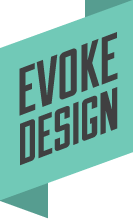
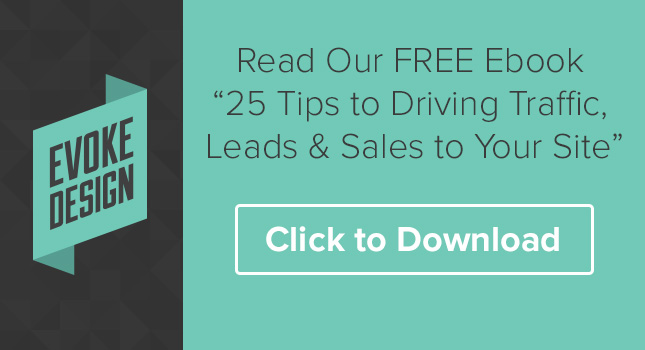
Leave a Reply